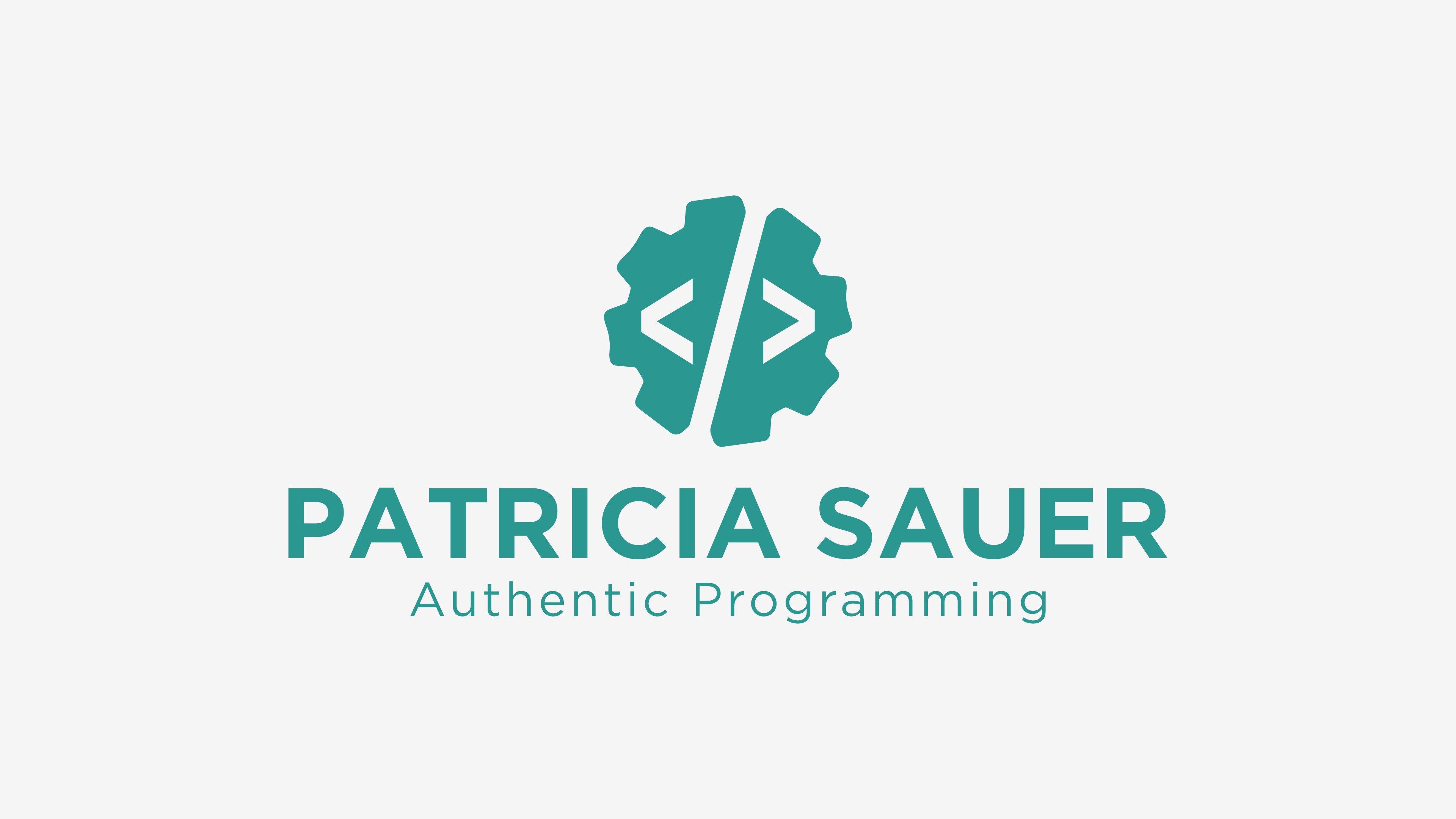The CSS :is() Pseudo Class

When coding The High Five Network, I got to know the :is() pseudo class. Of course, I directly used it almost everywhere. At some places it did not make sense, though. As I now know how to use the :is() pseudo class properly, I want to explain how to use it.
Usual way of styling elements
When specifying the same styling for multiple elements, let's say the styling of paragraphs within the divs div1 and div2, you can write it like this:
or a bit shorter by defining the styling only once:
In both cases you need to specify the p after the div IDs.
Applying the same styles to multiple elements using the :is() Pseudo Class
Using the is() pseudo class, you can shorten your CSS:
The p needs to be specified only once, now.
This method can also be specified when styling elements for, e.g. hovering. Instead of writing
you can write
which is shorter and easier to read.
In case that you want to style the hovering for the elements contained in the :is(), you can also do it like this:
Reference
For full reference see the documentation.
Watch it on YouTube
You can watch me explaining the :is() pseudo class in this video:
